Apple’s smartphone market share in China reached an all-time high of 23% as it surpassed Vivo in the fourth quarter of 2021. According to research company Counterpoint Technology, the tech giant reclaimed the number one spot in the country for the first time in six years, with sales growing 32% year on year. The last time Apple ranked first was in late 2015 after it launched the iPhone 6, which attracted the Chinese market with its unique large screen.
Despite a decline in China’s smartphone sales, Apple saw solid growth owing to the new iPhone 13 release last September. The new device had a relatively lower starting price upon release, as well as an updated camera and 5G capabilities.
Huawei Loses Market Share
Furthermore, Apple’s main competitor Huawei saw its market share drop to just 7% in the fourth quarter of 2021, with sales falling 73% year-on-year. Once the most prominent smartphone player in China, Huawei has been hugely impacted by ongoing US sanctions, cutting the company off from essential software and components for its devices.
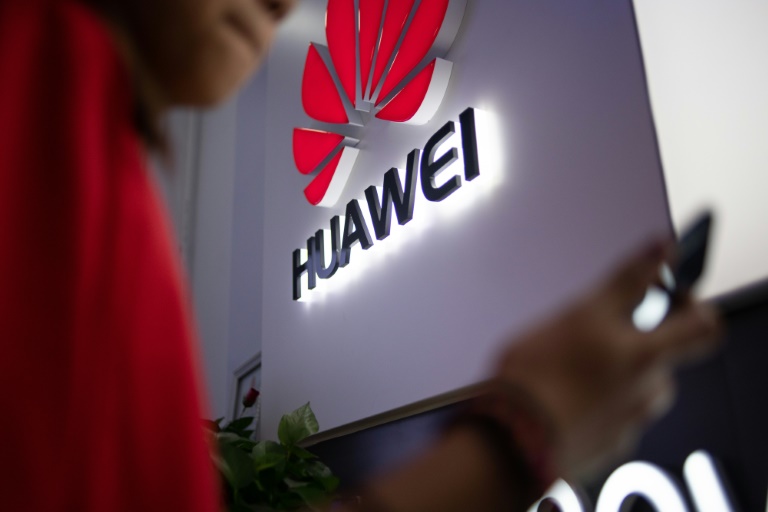
Other Market Players
Huawei’s decline has led to intensified competition and a rapid change in market dynamics. Oppo won market share in Q1 of 2021, followed by Vivo in Q2 and Q3.
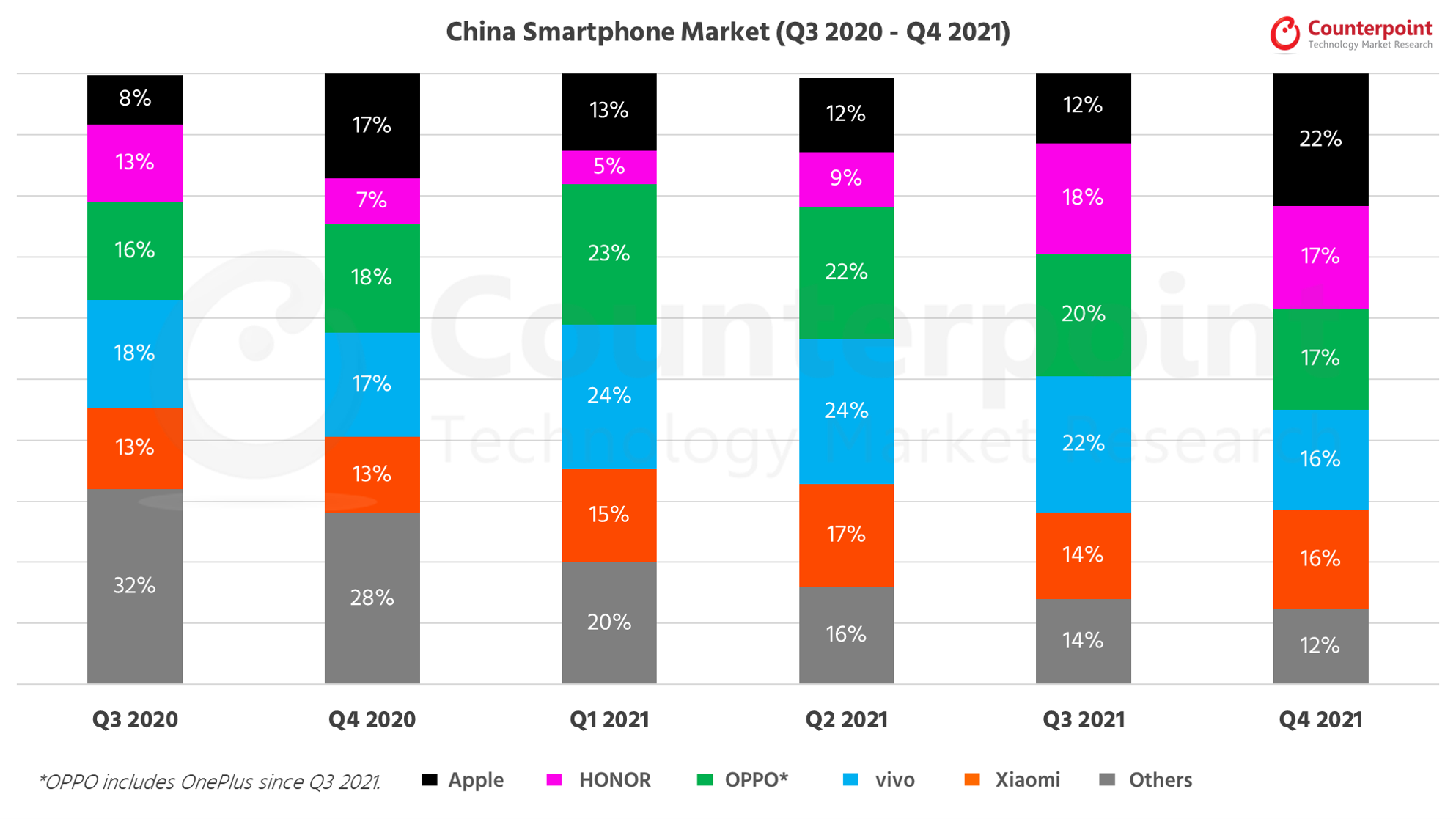
Source: Market Monitor Service
Overall in 2021, Vivo ranked second after Apple with a 19% market share, followed closely by Oppo with 17%. Their success was driven by their expansive product portfolio—namely the X70 and Reno 7 series—and aggressive offline penetration.
After restoring relationships with suppliers, Chinese brand Honor captured fourth place with 15% market share. Facing fierce competition from Honor and more severe component shortages, Xiaomi claimed fifth place with 13% market share.
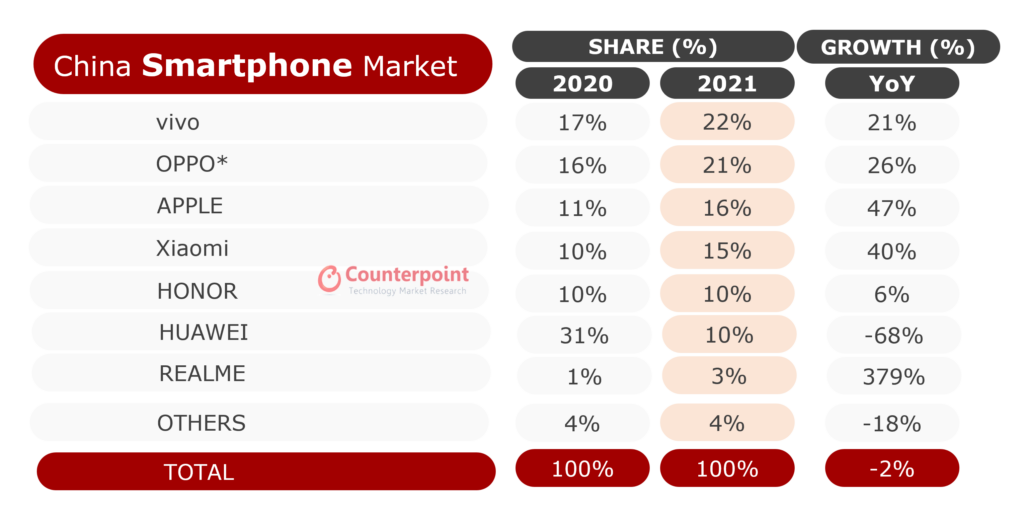
Source: Counterpoint Research Market Pulse, January 2022
China Smartphone Market Declines
In the fourth quarter of 2021, China’s smartphone sales dropped 9% year on year. China’s full-year smartphone sales continued the downward trend for the fourth consecutive year, falling 2% year on year.
Several supply and demand factors are contributing to this continuous decline. The average device replacement cycle has become longer as today’s smartphone designs are more homogenous, making consumers less motivated to upgrade. This delay in purchasing newly released devices presents a dilemma for China’s domestic brands looking to maintain growth at home.
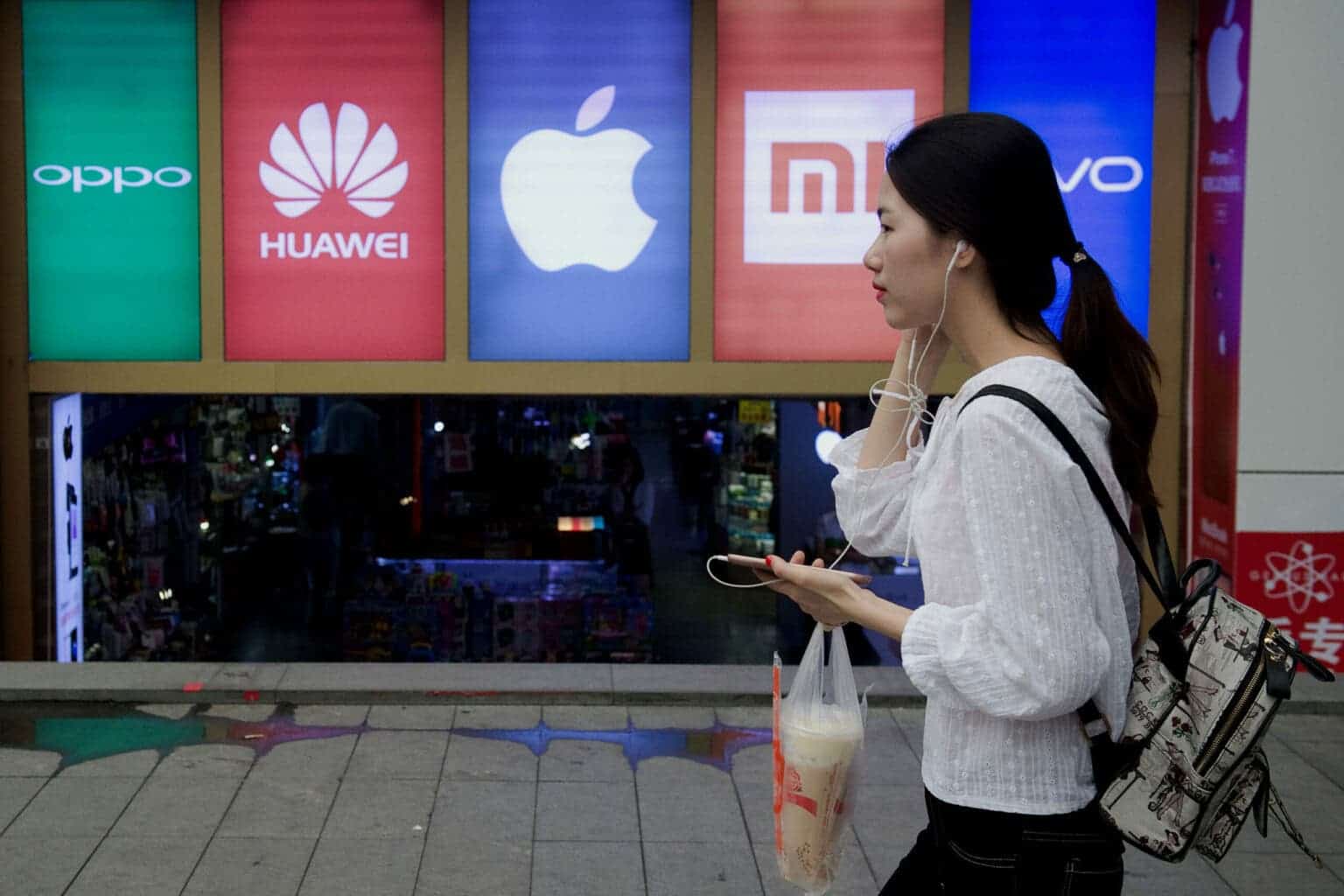
Moreover, the ongoing global component shortages are impacting shipments, pricing, and profit margins for all equipment manufacturers.
Commenting on the Chinese smartphone market, Senior Analyst Ivan Lam said, “China has been experiencing a complex economic environment where exports are driving the growth, and domestic spending remains lackluster.”
Android vs. iOS in China
Despite Apple’s leading market share, Android is still the most popular operating system among Chinese smartphone users, with 78% of the share as of January 2022. However, not as we understand it in the West, as the corresponding Google Play Store is unavailable in China.
iOS holds 21% of the remaining market, which is available as a different version from the rest of the world to conform with Chinese licensing laws. To reach users in China and the rest of the world, app and game publishers must launch on both versions of the Apple App Store.
Huawei AppGallery, Tencent My App, and Oppo Software Store are the top app stores for Android with 530, 300, and 250 million monthly active users, respectively.
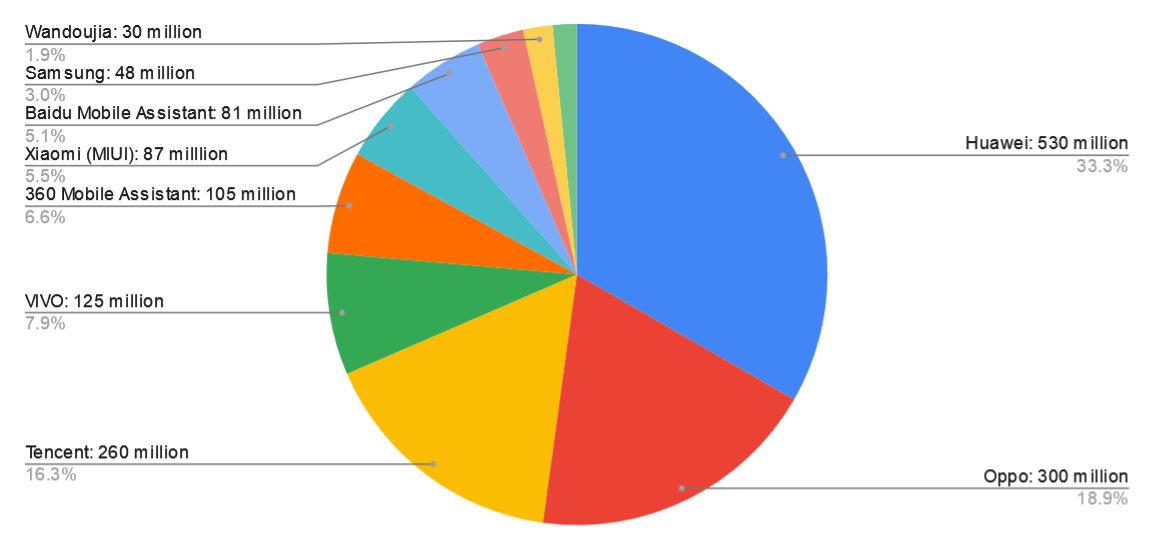
Source: Statista.com, November 2021
Interestingly, 41% of app releases in China are games compared to the worldwide market, where only 14% of total publishers’ apps are game releases.

Source: 42 Matters
In terms of downloads, apps by Chinese publishers reach an average of 3.53 million downloads compared to the average of 227,000 downloads for all apps.
Another interesting comparison reveals that 7% of apps by Chinese publishers are paid compared to 3% of total apps. Moreover, Chinese users account for approximately 40% of global app spending.
Most Popular Apps
While WhatsApp, TikTok, and Instagram were among the most popular apps in Europe and the US, the Chinese market saw a very different picture in 2021. This is mainly due to China’s mega-app, WeChat, which fulfills many of the needs of mobile users in China.
Based on MAU, the most popular apps in China in 2021 were as follows:
- WeChat: >1 billion MAU — equivalent to WhatsApp, Facebook, and more
- Pinduoduo: >700 million MAU
- Taobao: >700 million MAU — equivalent to Amazon and eBay
- Alipay: almost 700 million MAU — similar to ApplePay
- QQ: >600 million MAU — equivalent to Skype
- Baidu: almost 600 million MAU — equivalent to Google
- Douyin: >500 million MAU — Chinese version of TikTok
- Sogou Input: >500 million MAU
- iQiyi: >400 million MAU — equivalent to Netflix
- Gaode Maps: >400 million MAU — equivalent to Google Maps
Final Thoughts
The success of Apple in China is encouraging and is a motivator for Chinese OEMs to strengthen their foothold in the industry.
In saying that, 2021 was a milestone for Chinese OEMs as they embraced advanced technology. Xiaomi, Vivo, and Oppo launched self-developed chipsets to showcase their investment in semiconductor technology. Moreover, Honor and Oppo launched newly designed foldable smartphone models, likely to help drive more user upgrades.
So, while Apple is at the top now, it’s likely it will soon be outperformed in the coming months as iPhone 13 sales slow down.
Engage Your Customers in China
With over 900 million smartphone users, China is still by far the biggest market and growth opportunity for app publishers globally. In partnership with mobile games publisher MyGamez, MessageGears’ suite of customer engagement solutions is now available to global games and app publishers in China.
If you have an app on Huawei and would like to engage those users, you can do so thanks to MessageGears’ Push Kit SDK.




